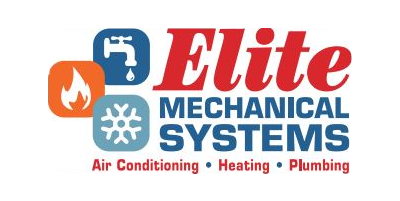
How much does air conditioning cost? You might very well be wondering that right about now, given that the steamy weather all but demands you crank up your AC. Sure, it feels great, but you pay the price once your electric bill arrives. But how much should you expect that to be?
Of course, how much you pay will vary based on the climate where you live, the size of the home being cooled, how much you pay for power, and more. But here are some rules of thumb so you know approximately what to expect.
HVAC company Comfort Pro makes the following estimates based on a unit running 16 hours a day at a typical rate of $0.14 kilowatts from April through September:
- Medium window unit (12,000 Btu) ideal for 450 to 550 square feet = $62/month
- Large window unit (20,000 Btu) ideal for 1,000 to 1,200 square feet = $100/month
- Central air conditioner (3,500 W) for a home over 1,200 square feet = $245/month
For a more accurate estimate, you can consult an HVAC specialist, who will factor in everything from ceiling height to whether your windows are oriented toward the sun (which can obviously heat a room fast). In fact, according to Chris Forbus of Choice Air Care, “the cost of an air-conditioning system is as customizable as your vehicle.”
Does it look like you’ll be spending a small fortune to cool your home this summer? Don’t panic, yet. There are a few things you can do to cut costs.
Get the right-sized air-conditioning system
The upfront cost could save you money over time.
“Make sure the size of your air-conditioning system is in proportion to your home,” says Richard Ciresi, owner of Aire Sev in Louisville, KY. “Too big, and it will cool faster than it dehumidifies. Too small, and your system will be constantly running and using energy.”
If you’re installing a new system, make sure your AC company measures your home and provides you with the best fit.
Reach for the stars
Energy Star units, that is. This designation indicates energy efficiency, which basically comes down to the fact that the unit uses less energy and costs less money to run. Energy Star units typically use 8% less energy and can save you at least $70 a year.
Install a high-efficiency filter
Even if you don’t have the dough to buy a new AC unit, installing a high-efficiency filter in your existing unit can work wonders on its own for a fraction of the price.
“Not only will this improve your home’s air quality, it will also help your AC equipment last longer,” says Forbus. “This will increase your upfront cost, but over time you’ll save money on maintenance costs.”
Use a programmable thermostat
You can program your thermostat so the house is warmer when you’re away at work, for example. Here’s how to install a thermostat.
Set the thermostat relative to the outdoor temperature
Of course, 60 degrees sounds delicious when it’s 90 degrees outside. But the truth is, even 75 will feel significantly cooler and cost much less to maintain. A good rule of thumb is to set your thermostat for 15 degrees cooler than the outside temperature. Narrowing that temperature difference by even a degree or two can save you a surprising amount, though. Depending on where you live, you could save 10% to 15% per degree on your energy bill.
Clean your filters and coils
Your AC works less efficiently when its filters are clogged and its coils are coated in dust and debris. So clean those coils and replace filters every month or two (or as needed) to keep air flowing freely.
Have your central air system inspected
Every spring, have an air-conditioning contractor inspect your air-conditioning system. This professional can fix any problems that will cost you more later, if neglected. The pro can also do that AC coil cleaning for you.
Make sure your home is well-insulated
Good insulation doesn’t just save your heating bill. It saves your cooling bill as well. Check the insulation for your home and your air-conditioning system. Make sure your windows are well-sealed so cool air isn’t leaking out. Here’s how to caulk windows and other cracks, and how to insulate an attic.
Keep your curtains closed
Don’t overlook this seemingly obvious tactic. Make a point of covering your windows as much as possible during the hotter parts of the day.
Check for tax breaks
Sure, a lot of these energy-efficient upgrades might cost money upfront, but in addition to saving you in the long run, the local and federal governments offer tax breaks for adding energy-efficient features to your home, including AC. You can search for your state’s tax credits and rebates at energy.gov/savings.
